Table of Contents
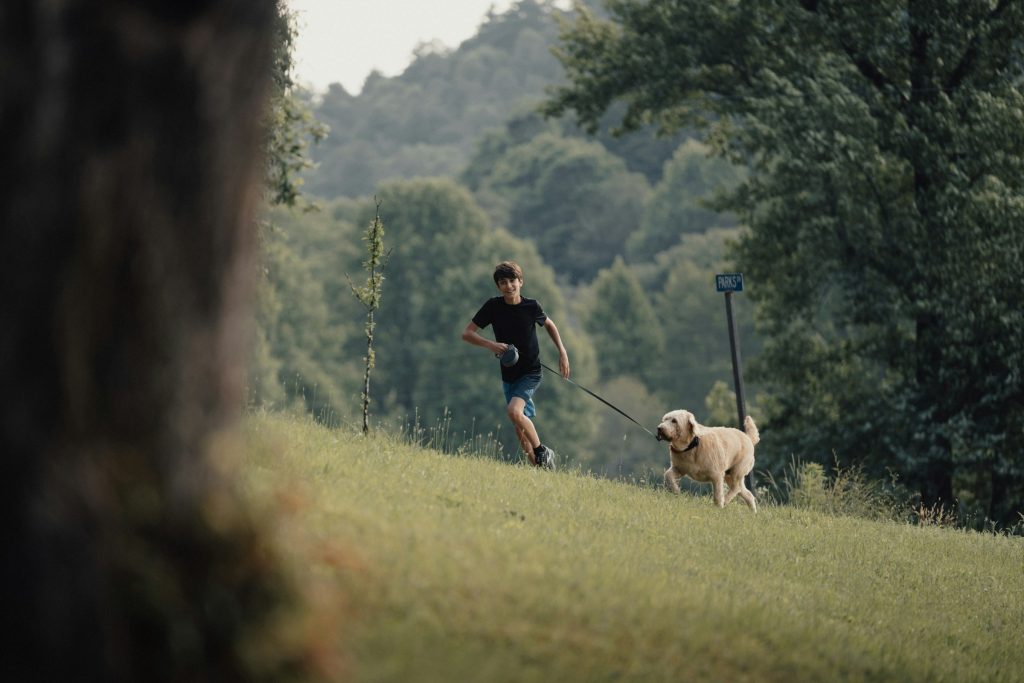
Disclaimer: I am not a vet, but an enthusiastic pet owner with a diverse knowledge of dogs, cats and other pets. Writing well researched articles recommending dog friendly products to in-depth guides. Please seek a certified vet for a professional opinion on your dog, these articles are written from my own research and opinions. Please read our Terms and Conditions for more! As an Amazon associate I earn from qualifying purchases.
Bringing a new puppy into your home is an adventure filled with cuddles, playtime, and unforgettable moments.
However, it’s also a significant responsibility that requires preparation to ensure your furry friend has a smooth transition into their new life. Equipping yourself with the essential supplies before your puppy arrives can set the stage for a happy, healthy companionship. From comfortable bedding to the right kind of toys, here’s what you need to make your puppy’s introduction to their forever home as welcoming as possible.
1. A Comfortable Sleeping Area
Bedding
Your puppy deserves a cozy spot to rest after a day full of new experiences. Look for washable, durable bedding that provides ample support and warmth. Puppies, much like human babies, spend a lot of time sleeping, so their bed should be a haven of comfort.
Crate
A crate serves as a safe haven for your puppy, mimicking the dens their wild ancestors used. It’s not only useful for housebreaking but also provides a safe place for your puppy when you can’t supervise them directly. Ensure the crate is spacious enough for your puppy to stand, turn around, and lie down comfortably.
2. High-Quality Puppy Food
Nutritional Needs
Puppies grow rapidly, requiring a diet rich in protein, fats, vitamins, and minerals to support their development. Opt for high-quality puppy food that meets AAFCO (Association of American Feed Control Officials) standards, and consider your vet’s recommendations based on your puppy’s breed, size, and energy level.
Feeding Schedule
Consistency is key when feeding your puppy. Establish a regular feeding schedule, typically three to four times a day, to help regulate their digestion and aid in house training. As your puppy grows, their feeding needs and schedule will change, so stay informed and adaptable.
3. Training Supplies
Collar and Leash
A sturdy collar and leash are indispensable for your puppy’s training and safety. Start with a lightweight collar that fits your puppy well—there should be enough space to slip two fingers between the collar and your puppy’s neck. As for the leash, a durable, 4-6 foot one is ideal for teaching your puppy to walk beside you without pulling.
Training Treats
Training your new puppy will be an ongoing process that requires patience and positive reinforcement. Small, tasty treats can motivate your puppy during training sessions, helping them learn commands and good behavior. Choose low-calorie treats designed for puppies to ensure they’re getting a healthy reward.
4. Chew Toys and Playthings
Safe Toys
Puppies explore the world with their mouths, so providing a selection of chew toys can prevent them from gnawing on things they shouldn’t. Look for toys made specifically for puppies, which are durable enough to withstand their teething but soft enough to protect their developing teeth and gums.
Variety
A variety of toys not only keeps your puppy entertained but also helps with their mental and physical development. From squeaky toys and balls to interactive puzzles, rotating through different toys will keep your puppy’s playtime exciting and enriching.
5. Grooming Essentials
Brushes and Combs
Regular grooming keeps your puppy’s coat healthy and reduces shedding. The type of brush or comb you need depends on your puppy’s coat type. For example, bristle brushes work well for short-haired breeds, while slicker brushes are better for long-haired ones. Start grooming sessions early to get your puppy accustomed to being handled.
Shampoo and Conditioner
Puppy-specific shampoo and conditioner are formulated to be gentle on your puppy’s sensitive skin. Bathing your puppy too often can strip their coat of natural oils, so aim for a bath only when necessary and consult your vet for the best bathing schedule and products.
6. Health Care Supplies
First Aid Kit
Preparing a first aid kit for your puppy is crucial for handling minor injuries or emergencies. Include items like gauze, antiseptic wipes, adhesive tape, scissors, tweezers, and a thermometer. Keep your vet’s number and the nearest emergency animal hospital’s contact information readily accessible.
Flea and Tick Prevention
Protecting your puppy from fleas and ticks is vital for their health. Many options are available, from topical treatments to oral medications. Consult with your vet to choose the most appropriate and safe preventive care for your puppy’s age and size.
Conclusion
Welcoming a new puppy into your home is a joyful journey filled with love and new experiences. By preparing with these essential supplies, you’re not just making your puppy’s transition into their new home smoother; you’re also setting the foundation for a happy, healthy life together. Remember, each puppy is unique, so tailor your preparations to suit your puppy’s specific needs and consult with professionals whenever you’re in doubt.
FAQ
Q: How often should I feed my new puppy?
According to justfoodfordogs, Puppies typically need to eat three to four times a day. Follow the feeding guidelines on your puppy food packaging and adjust according to your vet’s advice as your puppy grows.
Q: When should I start training my puppy?
You can start basic training as soon as your puppy comes home. Early training and socialization are key to a well-behaved adult dog.
Q: How can I puppy-proof my home?
Keep hazardous materials out of reach, secure loose wires, and remove small objects that could be swallowed. Provide a safe, comfortable area where your puppy can play and rest without getting into trouble.
Q: What’s the best way to house train my puppy?
Consistency is key. Take your puppy out frequently, especially after eating, drinking, or waking up. Praise them when they go potty outside. Accidents happen, so be patient and avoid punishment.
Q: How do I know if a toy is safe for my puppy?
Choose toys designed for puppies, avoiding anything small enough to be swallowed or with parts that can break off. Regularly inspect toys for wear and replace them as necessary.



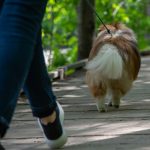


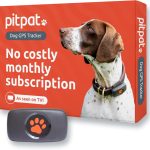

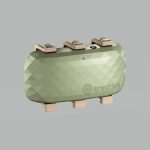
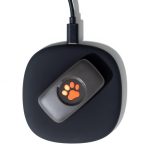


2 thoughts on “How To Prepare: Essential Supplies For A New Puppy”
Comments are closed.